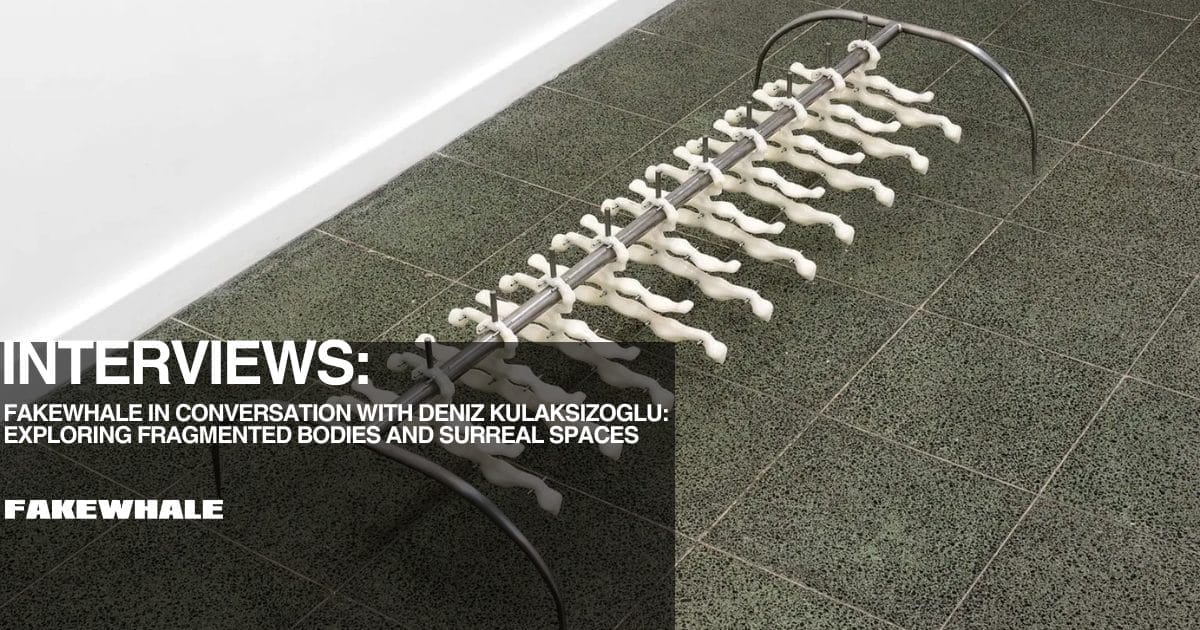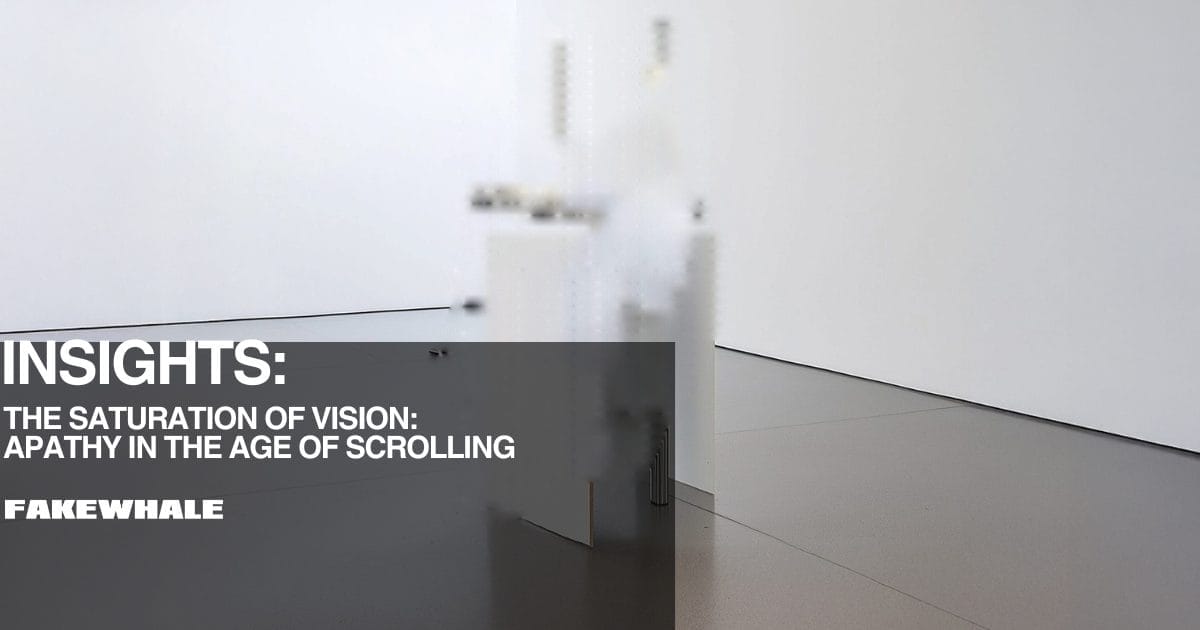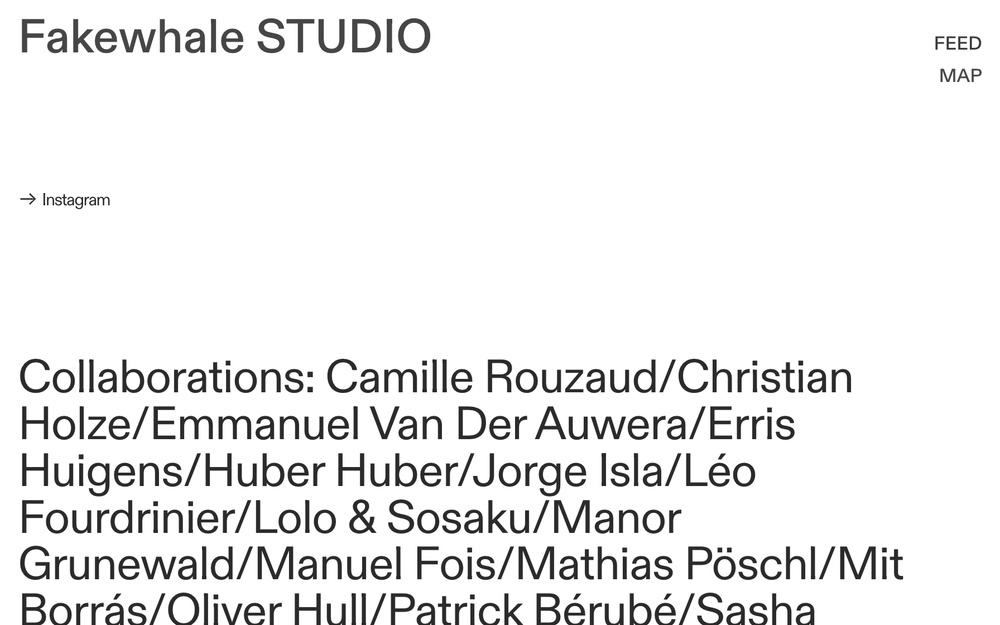
Nicolás Lamas at S.M.A.K. 2021
In a world addicted to immediacy, is it possible that the most radical thing an image can do is simply remain? There are moments when slowness is no longer an act of resistance, but a form of prophecy. Paper, that ancient skin, becomes once again a frontier, not against progress, but against forgetting.
As our screens accelerate toward invisibility, and every image arrives stripped of duration, certain exhibitions invite us to linger, not in the name of nostalgia, but out of necessity. Paper, then, is no longer just a background. It becomes pressure. It becomes weight. It becomes a choice made against the grain of contemporary display, where exhibitions turn into stories, and stories are reduced to data. The artist’s book is no longer a souvenir of the artwork, but a terrain of its continuation, a material extension of an intent that refuses to dissolve into metrics. This is not about what is preserved, but how.
A document is not merely a trace; it is a future staged in the present. Each publication is a sculptural event, a rhythm in time, a gesture that says: this happened, but not in the way you think. The archive is alive, and the work is still becoming.
INSIGHTS/ Print as Witness: Fakewhale at WUF Basel 2025: Celebrating Paper

Giovanni Termini. Illustrated Edition, Marco Bazzini, Gli Ori, 2021.
Fakewhale was pleased to participate as the official presenting partner of WUF Basel 2025: Celebrating Paper, an event entirely dedicated to publishing in the fields of contemporary art and photography. This special occasion took place on June 17–18, 2025, at the WUF Lounge & Studio, located on the 30th floor of Bar Rouge, Basel, right next to the main entrance of Art Basel.
More than an event, WUF Basel 2025: Celebrating Paper was a gesture of affirmation, a curated space to reconsider the place of publishing in a world increasingly dominated by digital flows. It offered an opportunity to reflect on the materiality of publishing, and on what it means to commit images and ideas to paper in an age where most of what we see is designed to disappear.
This was precisely why Fakewhale was there. In our recent conversations and curatorial initiatives, we had often returned to one central question: how do we document the ephemeral without flattening its intent? If the artwork today circulates primarily as image, what did it mean to reclaim the printed page, not just as support, but as statement, as gesture, as a form of resistance?

David Maljković, Sources in the Air, 2012
We believe that paper is far from obsolete. Rather, it now holds a paradoxical position: both culturally marginal and conceptually urgent. In an art system dominated by frictionless dissemination and algorithmic visibility, the printed page becomes a terrain of resistance, slower, heavier, deliberate. It is no longer the default medium but a choice, and in that choice lies its potency. Print demands spatial presence, temporal duration, and embodied attention. It reactivates a mode of thinking that resists the feed, the scroll, the optimization of content. It introduces latency into systems designed for speed. In this sense, paper becomes not just a support, but a position.
In a context where documentation has increasingly become synonymous with simulation, where the image of the work often precedes or even supplants the work itself, print reclaims the right to complexity. It offers context over compression, sequence over simultaneity. A printed publication does not disappear after the dopamine spike of engagement; it lingers, it accumulates, it sits on a shelf, waiting to be reactivated. It does not depend on an algorithm to be retrieved. It does not ask to be liked. It asks to be read. (…)
CONTINUE READING ↓
INTERVIEWS/ Fakewhale in Conversation with Deniz Kulaksızoglu: Exploring Fragmented Bodies and Surreal Spaces
Deniz Kulaksızoglu’s work moves through territories where the exhibition space transforms into a distorted fiction and the body becomes fragment, memory, and desire. His two recent shows, Discount Aisle and (Congratulations), open divergent yet complementary paths: the first immerses the viewer in a malformed clone of a store, while the second evokes an inner landscape where school memories and fading dreams stir. At Fakewhale, we wanted to delve into these surfaces by speaking with the artist and exploring the poetics behind his staging and material choices.
Fakewhale: In your work, the body often appears as an ambiguous entity: in Discount Aisle, it’s fragmented, constrained, and multiplied; in (Congratulations), it becomes an elusive presence, desire and absence. What does the body represent for you? Is it a site of resistance, an emotional archive, or something more unstable?
Deniz Kulaksızoglu: Actually, an unpopular answer might be that I don’t consciously think deeply about the body or body politics. However, the notion and image of the body persistently express themselves throughout my work. Perhaps a more accurate way to put it is that the body is the core aspect of my existence and thinking. Since the body is deeply embedded in my perception, it is already present before I consciously consider it, manifesting itself in all my actions and ideas.
But if you ask me directly what I mean by the word ‘body,’ honestly, I don’t have a fixed definition. That’s why the meaning and notion of the body constantly shift in my works. I like to think that ideas have bodies, memories have bodies, moments, experiences, desires, dreams, spaces, and potentials have bodies. Maybe the body is a force that connects, contains, and transforms different realities. (…)
CONTINUE READING ↓
INTERVIEWS/ Digital Shadows and Natural Forces: Rune Bering in Dialogue with Fakewhale

Wi-Fire, Rune Bering @Andgate, Copenhagen, 2024.
Rune Bering’s work reveals the hidden infrastructures that shape our world, whether digital networks, economic systems, or ecological cycles. Through sculptures, installations, and time-based media, he excavates the entanglements between nature, technology, and human behavior, often exposing how efficiency-driven systems affect both the physical and virtual realms. His projects, from Wi-Fire to Freedom and Happiness and Bycatch, turn overlooked materials into poetic investigations of power, loss, and transformation. FakeWhale had the opportunity to speak with Bering about his artistic process, the themes that drive his practice, and the questions he hopes his work will leave unanswered.

Rune Bering, freedom and happiness. inter.pblc, 2022. Photo: David Stjernholm.
Fakewhale: Your work often highlights invisible infrastructures, whether the algorithms behind social media, the economic forces shaping digital imagery, or the environmental impact of data networks. What first drew you to this way of looking at the world?
Rune Bering: I’ve always been skeptical of the societal structures I’ve been a part of, and I try to stay aware of the assumptions and conditioning that influence me. By digging into what things are really made of and how they’re connected, you start to get a clearer understanding of what you’re looking at, without getting deceived by your senses. There are almost always surprises when you look beyond the surface or behind the facade of what you immediately perceive.
Back in 2019, I created the exhibition My username is Darina94, which focused on a series of spam emails I had received. By deconstructing these emails, I uncovered a bizarre and fascinating world where a language was developed to trick Unicode (the system that lets computers communicate across different alphabets and languages). The texts were taken from conservative romance novels where lonely souls met their one true love in the beautiful Rocky Mountain landscapes. The emotionally charged literature, hidden as invisible text in the emails, let the spam content slip through the filters. My exhibition explored the surprising affinities between personal relationships and spam, sex ads and love, intimacy and apathy, while raising questions about the relationship between humans, space, and technology. (…)
CONTINUE READING ↓
EXPLORE THE LATESTS ARTICLES↓
INTERVIEWS/ Fakewhale in Dialogue with Matteo Cantarella
On the occasion of this conversation with Matteo Cantarella, founder of the eponymous gallery in Copenhagen, we delve into the path that led him to open his exhibition space, the curatorial vision that shapes his programming, and the challenges of today’s contemporary art landscape. This dialogue offers a glimpse into an independent project driven by ongoing research and constant exchange with artists, audiences, and institutions.
Fakewhale: How did your journey into the art world begin, and what led you to open your own gallery in Copenhagen in 2022?
Matteo Cantarella: My path has been shaped by many influences that I still see reflected in my work today. I have a background in economics, but I’ve always had a strong interest in literature and philosophy. Thinkers like Franco “Bifo” Berardi, Byung-Chul Han, Donna Haraway, Maggie Nelson, and Paul B. Preciado have deeply informed many of my questions and interests.
After working for many years in galleries, I decided in 2022 to open a space in my apartment in Copenhagen. Copenhagen simply happens to be the city where I’ve been living since 2016, a place I’ve always appreciated for its strong public support of culture and its vibrant international art scene. My only real ambition in opening the space was to reconnect with my work, to explore the questions that felt most urgent to me, and to discover new ones through the work of artists I didn’t yet know or whose practice I felt deserved greater visibility.
After about a year of exhibitions, I chose to evolve the project into a commercial gallery, opening a permanent space and formalizing long-term collaborations with the artists. (…)
CONTINUE READING ↓
INSIGHTS/ The Saturation of Vision: Apathy in the Age of Scrolling

Fakewhale Studio, Untitled, 2025, Digital image
The images are already here. Everywhere. At every moment.
We don’t need to seek them out, they find us. They pass through us, slip into the gaps of our attention, strike the retina, overlap, are forgotten. Art, video art, design, politics, advertising, pain, entertainment. Everything presents itself in the same place: the horizontal, infinite, indifferent space of the feed.
And so, the artist no longer exhibits. They publish.
They share the image of their work knowing, deep down, it won’t truly be seen. They know it will be scrolled past. They know it will appear somewhere between a dance clip and a tragedy, between a meme and a sponsored post. They know that even if the work is important, necessary, intense, it will still be absorbed into the visual noise, reduced to mere content.
And yet, they do it. Because the alternative is to disappear. Because attention is now bought by the second. Because today, a work can be both powerful and irrelevant in the same instant. (…)
CONTINUE READING ↓
FAKEWHALE GALLERY
On June 25, Fakewhale presents Symphony for n Metronomes by Andreas Rau on Verse.
At first, it looks like rhythm: pulses, patterns, silent oscillations on screen. But Symphony for n Metronomes is more than a generative installation, it’s a living system shaped by participation. Each mint adds a metronome. Each metronome reshapes the whole. Inspired by Ligeti and built for the blockchain, Rau’s work unfolds in real time, synced to UTC, structured by code and driven by collective action.
Minting is not the end. It is the beginning.
Live on June 25, 2025 7:00 PM CEST / 1:00 PM EDT Presented by Fakewhale on Verse 48h mint window · $30 per mint met.andreasrau.eu

Metronomes - 2025-05-25T202640.000
That wraps this week’s issue of the Fakewhale Newsletter, be sure to check in for the next one for more insights into the Fakewhale ecosystem!












